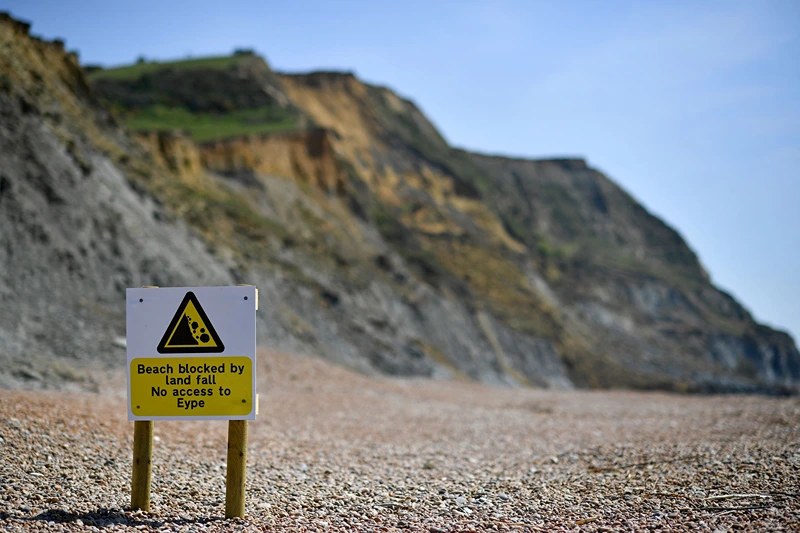
OAN’s Abril Elfi
2:54 PM – Tuesday, December 12, 2023
The skull of a massive pliosaur, a prehistoric sea monster, was found on a beach in the county of Dorset in southern England.
When dinosaurs once roamed the land, plesiosaurs reportedly ruled the seas with an estimated age of 150 million years, the discovered fossil is nearly 3 million years younger than any other pliosaur discovery.
The specimen is being examined by researchers to see if it might even represent a previously undiscovered species.
The fossil was discovered in the spring of 2022, and details about its intricate excavation and continuing scientific study are now included in the upcoming BBC documentary “Attenborough and the Jurassic Sea Monster,” which will be hosted by renowned naturalist Sir David Attenborough and air on PBS on February 14th.
Local paleontologist Steve Etches, who assisted in its discovery, told the press via video conference that the fossil was buried deep in the cliff, roughly 36 feet above the ground and 49 feet down the cliff.
The crew had to work quickly to extract the fossil during a brief window of favorable weather before summer storms closed in and the cliff collapsed, potentially removing the important and rare fossil.
When Etches’ friend Philip Jacobs called him after finding the pliosaur’s snout on the beach, he was first informed that the fossil existed.
“Its jaws closed together which indicates (the fossil) is complete,” Etches said, adding that they were immediately “quite excited.”
Following a three-week operation in which they chipped away at the cliff while suspended in midair, Etches and his team used drones to map the cliff and pinpoint the exact location of the remaining pliosaur.
“It’s a miracle we got it out,” he said, “because we had one last day to get this thing out, which we did at 9:30 p.m.”
The task of meticulously restoring the skull fell to Etches. The mud and bone had cracked at one point, which he found “very disillusioning,” but “over the following days and weeks, it was a case of like a jigsaw, putting it all back.” “Though it took a while, we were able to replace every bone.”
Etches continued, calling the fossil’s continued good health a “freak of nature.” It died in an ideal habitat with significant sedimentation. Thus, it was quickly buried when it died and descended to the seafloor.
Stay informed! Receive breaking news blasts directly to your inbox for free. Subscribe here. https://www.oann.com/alerts

